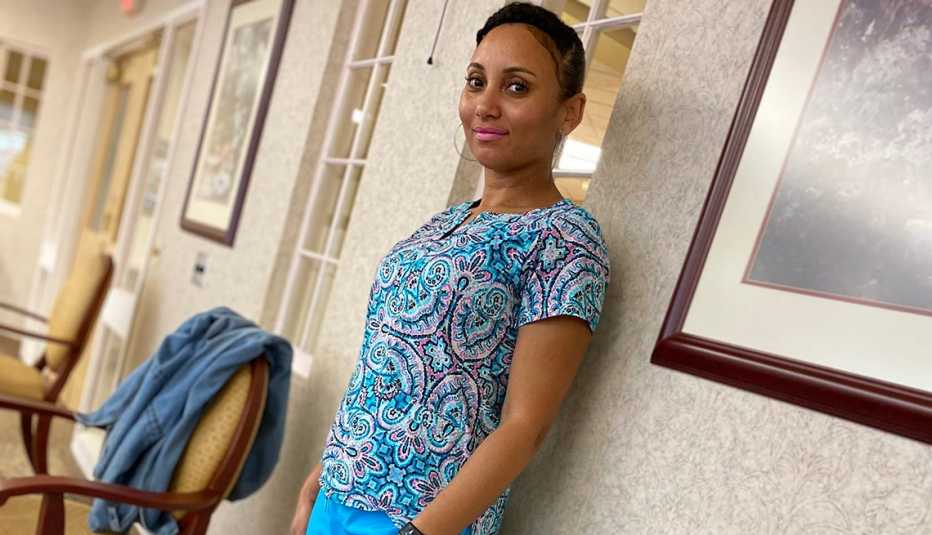Staying Fit
In the nation's nursing homes, an average of only 55 percent of workers are fully vaccinated against COVID-19, according to new federal data, even though these long-term care facilities have witnessed massive carnage from the pandemic, including almost 135,000 COVID-19 deaths among residents and staff.


AARP Membership— $12 for your first year when you sign up for Automatic Renewal
Get instant access to members-only products and hundreds of discounts, a free second membership, and a subscription to AARP the Magazine.
Vaccination rates for nursing home residents are much higher, with a national average of 78 percent fully vaccinated in each facility, the data released Thursday from the federal Centers for Medicare and Medicaid Services (CMS) shows.
Widespread vaccine uptake among residents has helped drive down COVID-19 infections in nursing homes — from more than 170,000 new cases in four weeks over the New Year's period to around 10,000 new cases over four weeks from mid-April to mid-May, according to AARP analysis of federal data. Deaths have also plummeted, from nearly 20,000 to around 800 for the same reporting periods.
But the low staff vaccination rates cast doubt on the nursing home industry reaching its goal of vaccinating 75 percent of its almost 1.5 million workers by the end of June and show the challenge of keeping COVID out of nursing homes over the long term.
Why exactly do workers need to be vaccinated?
Check your loved one's nursing home
- To see the percentage of fully vaccinated residents or staff in a specific federally certified nursing home, visit the CMS's COVID-19 Nursing Home Data page.
- Scroll down to the “Search for a Nursing Home” map and either use the search box or the zoom function to locate the nursing home of interest.
- Click on the nursing home and a box will appear with the resident and staff vaccination rates listed at the bottom.
- These rates are also available in a downloadable data set at the bottom of the webpage. New data is released weekly on Thursdays.
Nursing home staff, who come and go from their workplaces while often interacting with the wider community between shifts, are a main vessel for COVID-19 to enter and spread through facilities, studies show.
Many nursing home workers earn just $13 per hour, don't receive sick leave or benefits, and work in multiple facilities to make ends meet. When at work, they're often in close contact with residents while feeding, bathing and dressing them. And due to widespread staffing shortfalls — at least a fifth of all nursing homes nationwide have reported a shortage of nurses or aides every month for the past year — they're often tending to more residents than recommended during their shifts.
While rare, breakthrough infections — which occur when a vaccinated person contracts the virus — can present another danger to nursing home residents. These older and often immunocompromised people are less likely to mount an immune response when vaccinated, says Justin Lessler, an associate professor of epidemiology at the Johns Hopkins Bloomberg School of Public Health.



































































